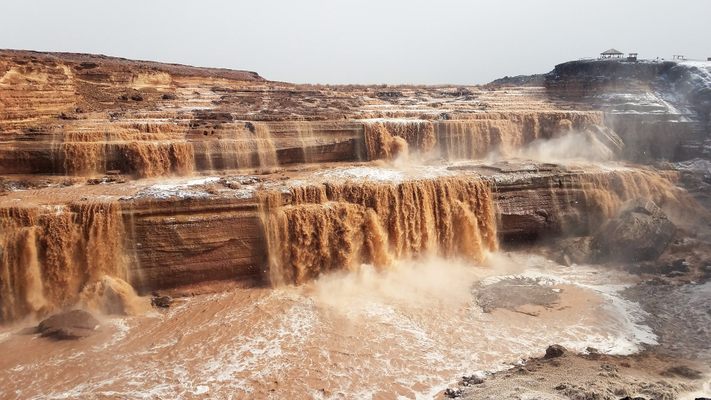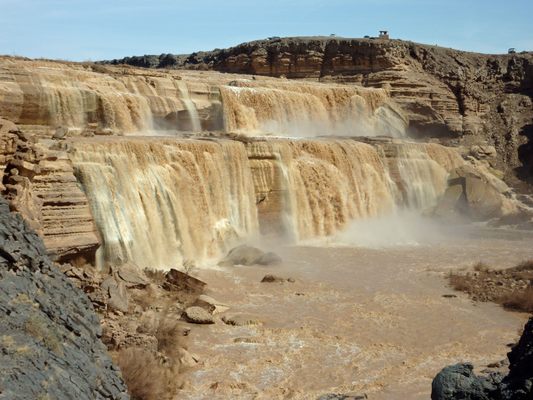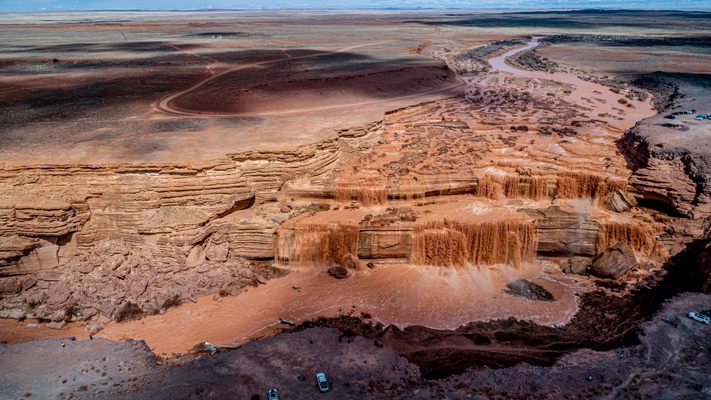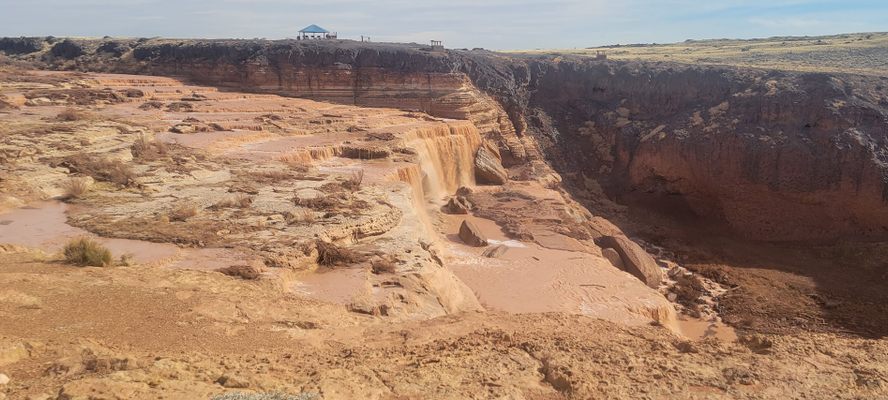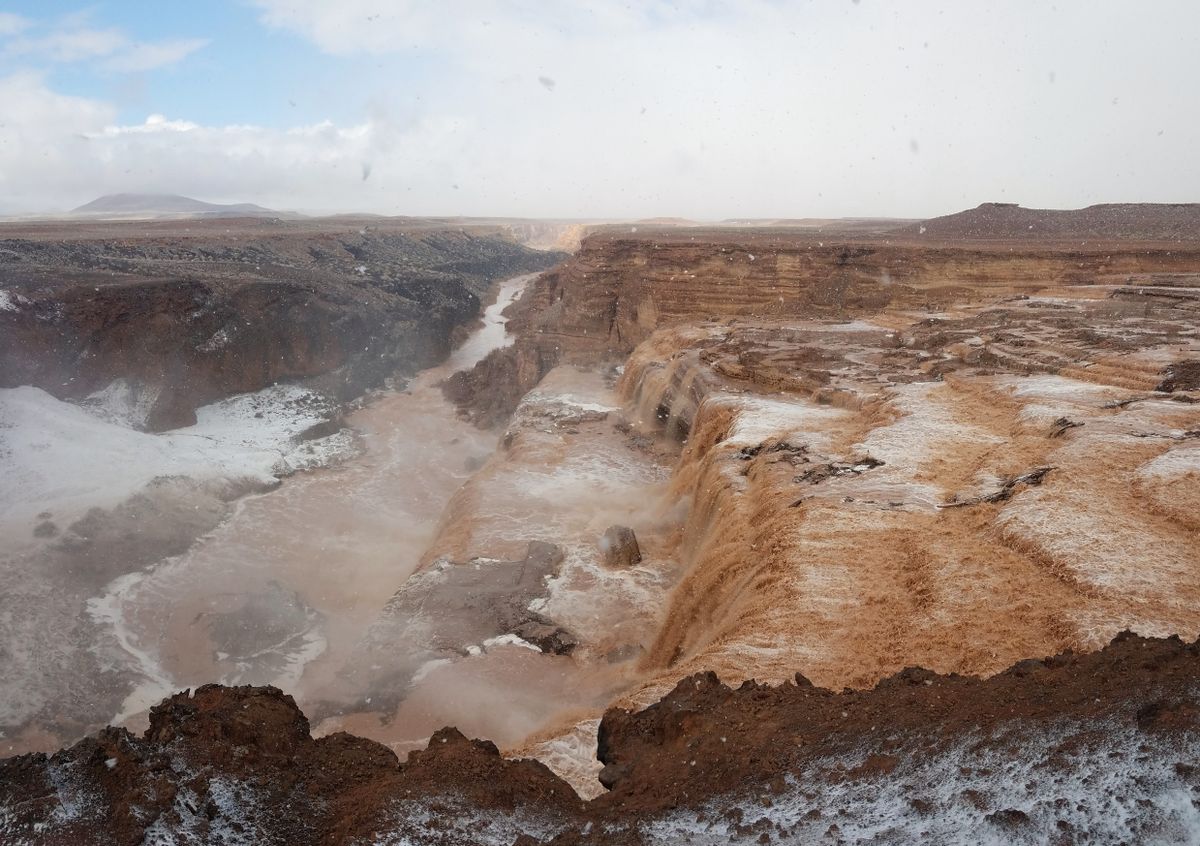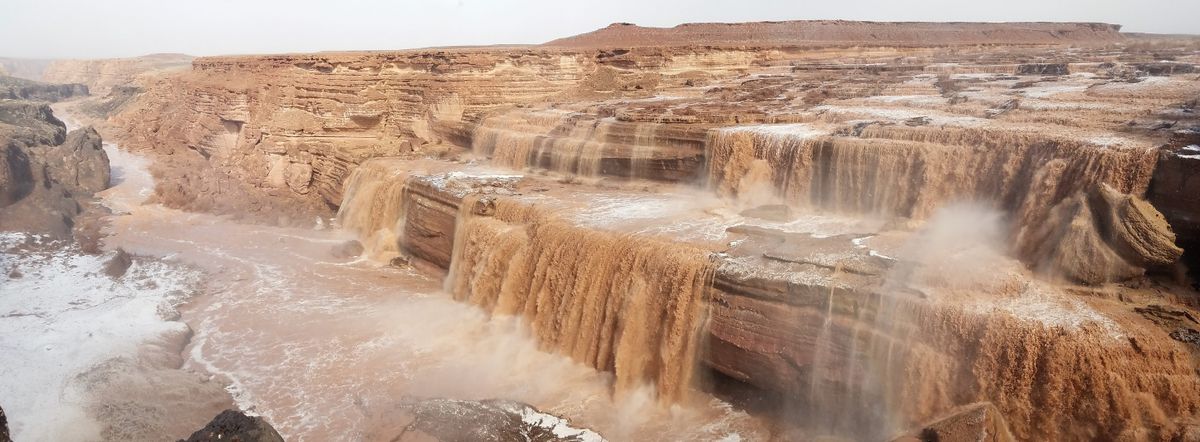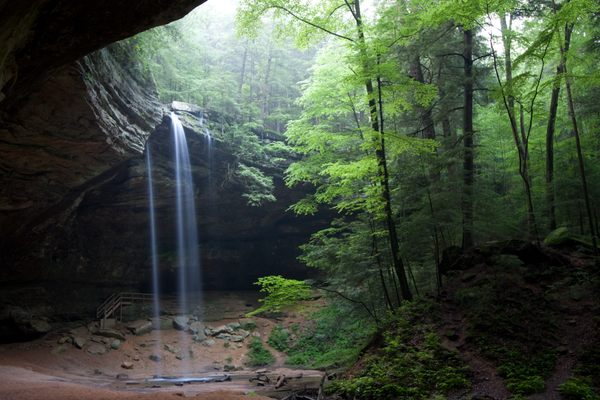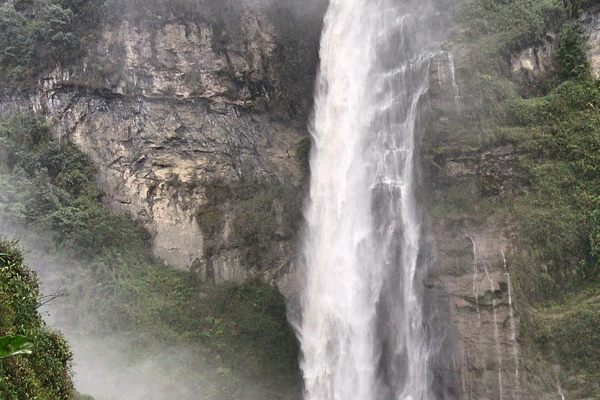About
At 185 feet tall, the Grand Falls is taller than many of its more well-known cousins, including the famous Niagara Falls. For much of the year, however, the river descends the falls at a rather underwhelming trickle. But if you time your visit right, you can witness the falls in their full thundering glory.
The falls are a real natural wonder. Over 100,000 years ago, a volcanic eruption at Merriam Crater sent lava flowing toward the Little Colorado River. The molten rock cooled in the riverbed and created a natural dam, forcing the river to carve a new path. This created the tiers that formed the Grand Falls.
Like many waterways in the deserts of the American southwest, the Little Colorado River's flow varies wildly based on the season and the weather, as the source of most of its water is snowmelt from the White Mountains.
As the river flows from these mountains to the Grand Canyon, a farther 70 miles downstream from the falls, it collects brown and red sand and silt from the sandstone along its route, which gives the river its distinct color. As such, an apt nickname for the Grand Falls is "Chocolate Falls."
Most of the year, by the time the river gets to the Grand Falls, it barely even looks like a stream. But for a few weeks in the spring after snow in the mountains begins to melt, and after seasonal monsoons in the late-summer, the falls roar to life.
Update: The falls have been closed until further notice by tribal decree.
Related Tags
Know Before You Go
The best way to ensure that the river will be roaring rather than dribbling when you plan your visit is to check the website of United States Geological Survey's river gauge in Winslow, Arizona. Most of the time the river flows past the gauge at around 10 cubic feet per second, but will seasonally explode up into thousands of cubic feet per second. When this happens time your trip for 48 hours after that, as it takes that long for the river to flow from Winslow to the falls. The waterfall is located on Navajo tribal land and as such non-Navajo visitors are required to have permits from the Navajo Parks and Recreation Department, which can be obtained online.
Community Contributors
Added By
Published
February 21, 2019
